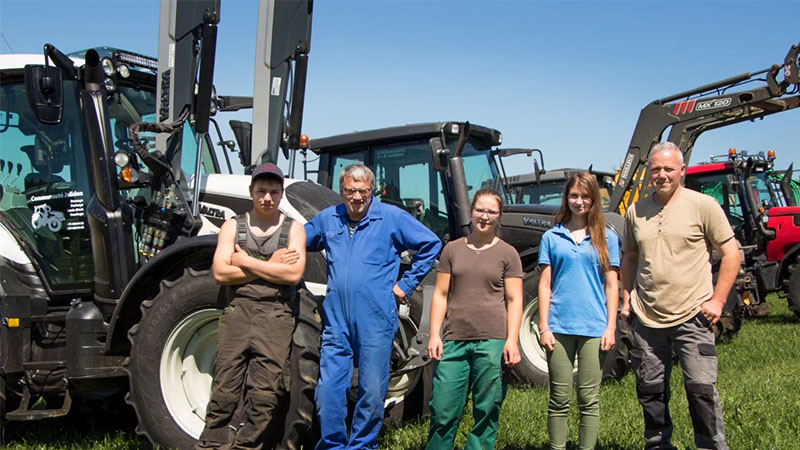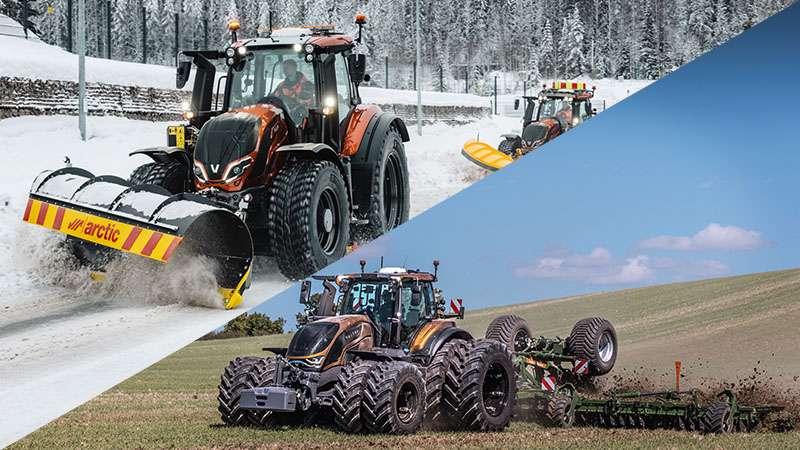Telemetry basically is transmitting data from one place to another wirelessly. Over the past decade, telemetry has begun to be utilised extensively also in agriculture. And, of course, there has been some grumbling about this trend. Is it really necessary? After all, we managed to cope without computers and telemetry before. Opposition to new innovations and sticking to old ways is by no means a new phenomenon.
Back when I was a student, I remember a lecture given by a professor of agricultural machinery technology in which he vehemently opposed four-wheel-drive tractors. He predicted that 4WD tractors would not last long on the market after the initial hype. Farmers would soon discover that there was no actual need for a powered front axle that simply increased the price of the tractor. But what happened? The market for rear-wheel-drive tractors would seem to be very small these days.
Some people have a similar attitude towards telemetry. Still, telemetry offers significant advantages that cannot be denied. The recognised benefits of efficient data transfer include improved logistics, more precise service management and better cost control, to mention a few.
Telemetry responds to population growth and climate change
Agriculture needs new digital technologies more than ever before. From a global perspective, telemetry can help achieve significant advances towards solving the challenges of population growth and climate change.Telemetry offers tractor operators the opportunity to combine data from all the tractors in the fleet in a single place, be it a smartphone, computer or other platform. Managing all the data from the fleet from one place unavoidably leads to gains in productivity. It doesn’t take long for smooth logistics management and flexible, up-to-date decision-making to be reflected in a healthier bottom line.
Through precision farming and accurately utilising location data, the input-output ratio inevitably turns to the benefit of the farmer. The low productivity of agriculture itself demands the introduction of telemetry. Tailoring telemetry products for individual users can offer solutions that meet the specific needs of each entrepreneur.
New applications for telemetry coming soon
As the shopping channels say, that's not all. Constantly improving and cheaper data transfer provides a fruitful field for product development. I believe, in fact I know, that in five years’ time telemetry will offer solutions that improve our quality of life and support our livelihoods in ways that we can barely even dream about today.In order to move forward and utilise telemetry in the most productive way possible, we must make the most of the current technology. Farmers and contractors must properly learn how to use the hardware and software they pay for. Based on feedback, criticism and suggestions from users, telemetry experts at our engineering centre are able to take confident steps towards developing even better technologies.
In all of this R&D work, however, it is important to keep our feet firmly on the ground. Only by listening to users and working closely with manufacturers of tractors and implements can the best possible results be achieved. Telemetry and digitalisation must not become a playground for software developers and theorists. Instead, telemetry must continue in the future to offer the users of tractors and implements with sensible and easy-to-use tools that add real value.
The writer of this blog post is a freelance journalist who covers agriculture and forestry and has also worked in several positions at Valtra.
Read more about Valtra Connect telemetry solutions.



